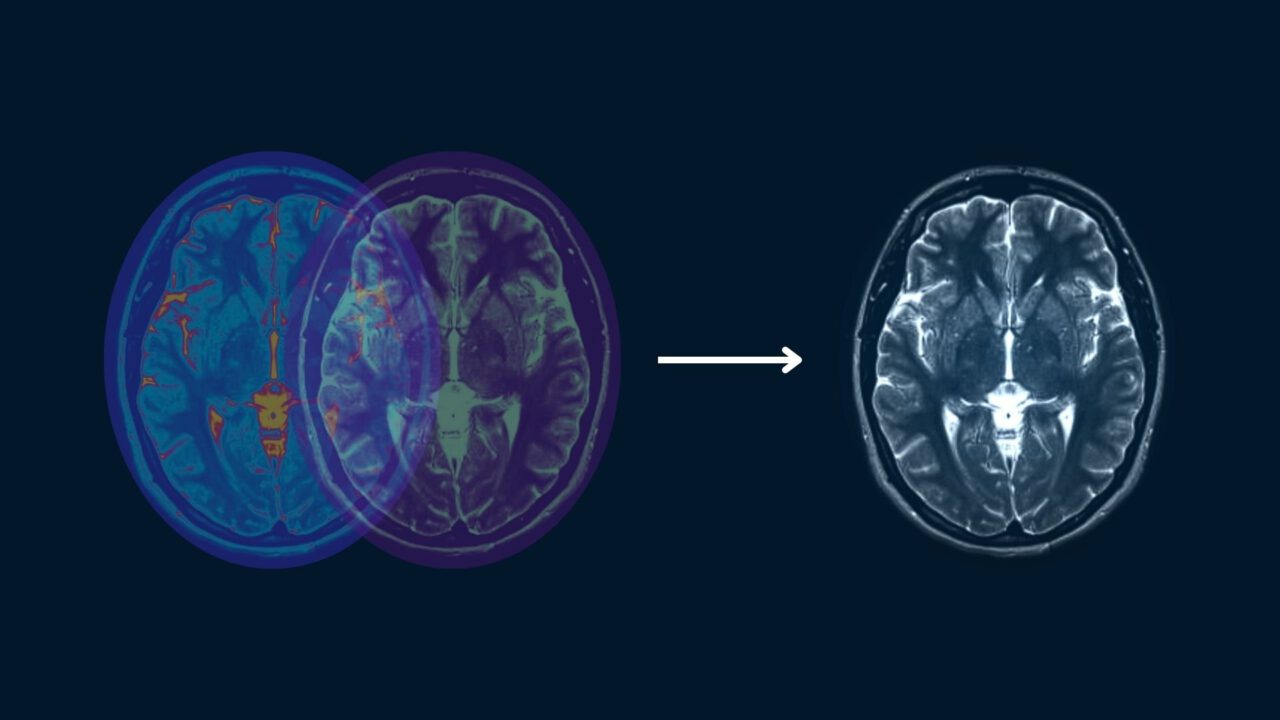In many computer vision applications (e.g. object tracking and medical imaging) there is a need to align two or more images of the same object (or scene) taken from different perspectives, at different times, or in different conditions. Image registration algorithms transform a given image (a reference image) into another image (target image) so that they are geometrically aligned. This adjustment is required in multiple applications, such as image fusion, stereo vision, object tracking, and medical image analysis.
What is Image Registration?
Image registration is the process that performs spatial transformation and aligns a set of images to a common observational frame of reference – a chosen image from the set. Registration is an important step in image processing tasks where different data sources must be combined. In the image registration process, two situations are apparent:
- It utilizes a 3-dimensional transformation of the photos in the set related to the image chosen as a reference.
- It is the most time-consuming step of the algorithm’s execution, and the result of the registration cannot be determined in advance.

Image registration is frequently used to align the images from diverse camera sources in medical and satellite photography. It can be realized in two ways:
- Image-to-Image Registration: Multiple images are aligned so that matching pixels that represent the same scene can be determined.
- Image to Map Registration: The input image is displaced to match the map information of a base image while keeping its original spatial resolution.
How to Implement Image Registration?
Image registration methods can be classified into two groups: area-based and feature-based methods. Area-based approaches are preferred when images are missing important features and distinguishing information is given by shaded colors rather than clear forms and structures.
Image alignment is the first step in image registration ,and it is done in 4 steps:
- Feature detection: A domain expert detects the distinctive objects (edges, contours, line boundaries, corners, etc.) in both the reference and checked images.
- Feature matching: It defines the correlation between the features in the reference and target images. The matching is done on the content of the picture or the symbolic description of the control point set.
- Determining the transformation model: The parameters, i.e,. mapping functions or coordinate systems are calculated, which align the detected picture with the reference image.
- Image resampling and transformation: The detected image is changed by applying the mapping functions.
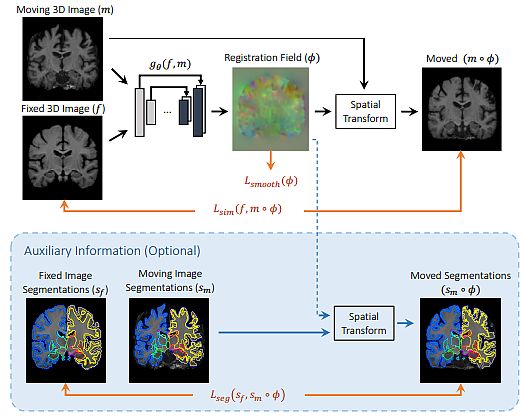
Computer Vision Techniques for Image Registration
Here we present common techniques for image registration and their advantages/drawbacks:
Pixel-Based Method
This method applies a cross-correlation statistical methodology for image registration. It is based on pattern matching, which finds the location and orientation of a template or pattern in an image. Cross-correlation is a measure of similarity or a match metric.
The 2-dimensional cross-correlation function calculates the similarity of each translation between the reference and the checked image. If the template fits the image, the cross-correlation will be at its top.
The main drawbacks of the correlation approach are the high processing complexity and the flat similarity maximum (due to the self-similarity of the pictures). The method can be improved by pre-processing or applying edge or vector correlation.
Contour-Based Image Registration
This method uses strong statistical characteristics to match picture feature points. Color image segmentation is used to extract regions of interest from images.
To produce the contour of an image, the mean for a given set of colors is computed. During the segmentation process, each RGB pixel in an image is categorized as having a color in a specific range or not. In addition, the Euclidean distance is applied to determine similarity.

These two sets are coded as binary images (black and white). A Gaussian filter is used to eliminate noise since thresholds blur the image. Then the contour of the image is obtained. The accuracy of the contour method is satisfactory, but a drawback is that it is manual and slow.
Point-Mapping Method
This is the most common method for registering two images with unknown misalignment. It utilizes image features produced from a feature extraction algorithm/process. The fundamental goal of feature extraction is to filter out redundant information.
Features that are present in both images and are more tolerant of local distortions are chosen. After detecting characteristics in each image, they should be matched.
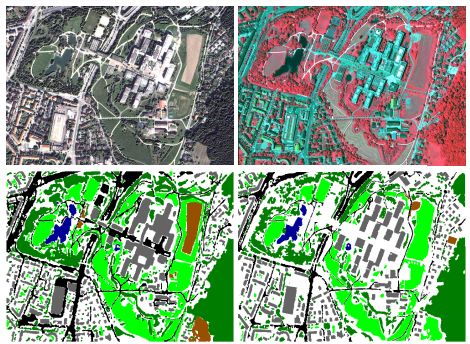
Control points for point matching are crucial in this strategy. Examples of control points are corners, points of locally greatest curvature, contour lines, lines of intersection, centers of frames with locally maximum curvature, and centers of gravity of closed-boundary areas.
The limitation of the feature-based method is the borderline of the frame content. The registration characteristics should be recognized in the border areas of the image. Frames may lack this feature, and their selection is usually not based on their content evaluation.
Feature-Based Registration
The feature-based matching method can be used when image intensities provide more local structural information. Image characteristics produced from the feature extraction technique can be used for registration. They detect and match key features (such as corners, edges, or interest points) between images. Then, transformation parameters are computed based on these features.
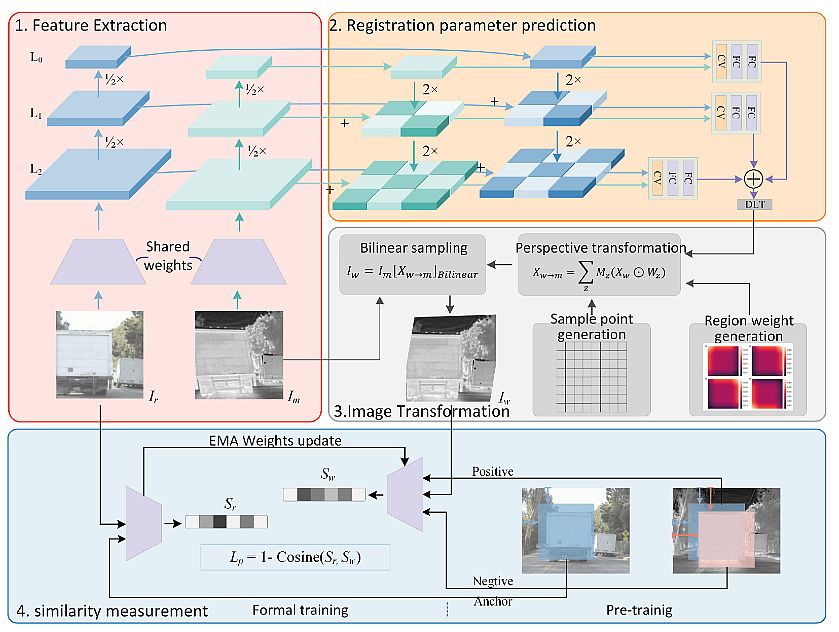
This method can handle changes in scale, translation, and rotation, but it could fail in cases of large deformations or occlusions.
Advanced Image Registration Methods
- Intensity-Based Registration: It compares the pixel intensity values of the reference and checked images to compute the optimal transformation parameters. It can handle a wide range of transformations, including nonlinear distortions, but it’s sensitive to noise and may require additional computation.
- Mutual Information Registration: It calculates the statistical dependency between pixel intensities of two images, looking for a transformation that maximizes mutual information. It’s effective for registering images with multiple contrasts and modalities, but it’s computationally intensive.
- Deep Learning-Based Registration: It applies convolutional neural networks (CNNs) to learn the transformation directly from image pairs. It can handle complex transformations and large datasets but requires additional training data. Also, it’s computationally expensive during training.
- Optical Flow Registration: It estimates the motion of pixels between consecutive frames by solving an optical flow equation. Widely used in video analysis and motion tracking, but it may fail in complex scenes. It’s also too sensitive to illumination changes.

Applications of Image Registration
Image Fusion
Image fusion’s task is to combine 2 or more registered images and produce a new image, which is more understandable than the originals. It is quite significant in medical imaging since it creates more acceptable images for human visual perception. A simple image fusion technique is to take the average of two input images, but it leads to a feature contrast reduction.
A better approach is to apply a Laplacian pyramid-based image fusion but it will introduce blocking artifacts cost. Best fusion output images can be achieved based on the Wavelet Transform for each of the source images.
Object Tracking
The object tracking algorithm follows the movement of an object and tries to estimate (predict) its position in a video. An example of such an algorithm is the centroid tracker. It stores the last known bounding boxes, then has a new set of bounding boxes, and then minimizes the maximum distance between objects that match.
To transform images of the same scene generated by different sensors, object tracking requires heterogeneous images that are correctly registered in advance, with cross-modal image registration. Recent deep learning technology utilizes neural networks with large parameter scales to predict feature points.
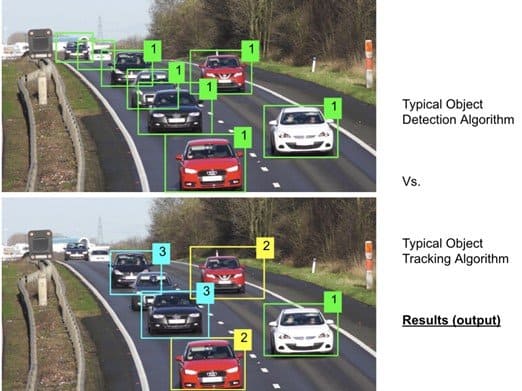
Medical Imagery
Medical Image Registration finds an optimal spatial transformation that best aligns with the existing anatomical structures. It is used in many clinical applications such as image reconstruction, image guidance, motion tracking, segmentation, dose accumulation, etc. Medical image registration is a broad topic and can be considered from different points of view.
From an input image perspective, registration methods can be divided into unimodal, multimodal, interpatient, and intra-patient registration. The deformation model point of view allows for registration methods to be divided into rigid, affine, and deformable methods. From a region of interest (ROI) perspective, registration methods can be grouped according to anatomical sites, such as brain, lung registration, etc.
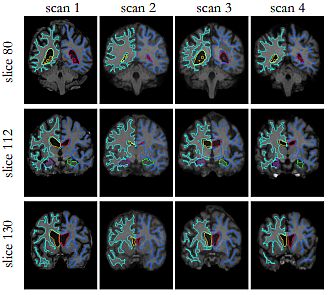
Limitations of Image Registration
Image registration has certain limitations, such as:
- Features Selection: The choice of features (key points) used for registration can significantly impact the results. Choosing inappropriate or insufficient features can lead to poor registration performance.
- Noise Sensitivity: Image registration is sensitive to noise in the images. Noisy data can cause errors in the calculation of transformation parameters and affect the registration.
- Limited Applicability: Image registration techniques are created for certain types of image transformation, e.g., rigid (translation, rotation), or smooth (deformable) transformations.
- Sensitivity to Initial Guess: The accuracy of the registration heavily depends on the quality of this initial guess. Inaccurate initialization can lead to poor results.
- Illumination (Viewpoint) Changes: Registration methods could cope when images have significant changes in lighting conditions or viewpoints.
Image Registration Recap
Image registration is an important technique for the integration, fusion, and evaluation of data from multiple sources (sensors). It has many applications in computer vision, medical imaging, and remote sensing.
Image registrations with complicated nonlinear distortions, multi-modal registration, and registrations of occluded images contribute to the robustness of the computer vision methods applied in the hardest use cases.
